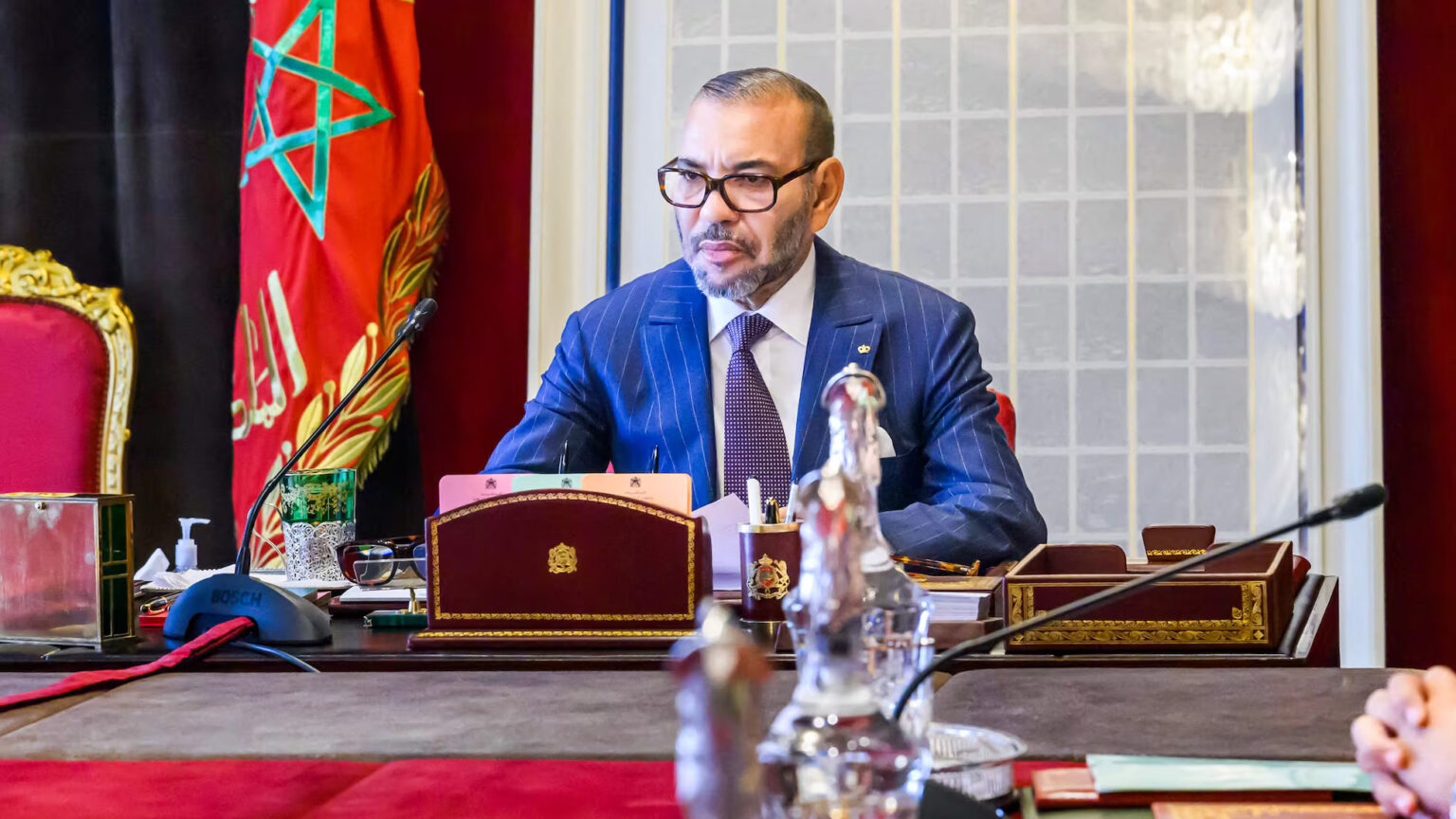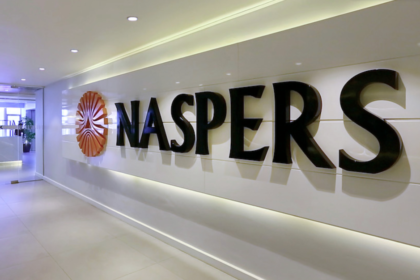At a Glance
- Morocco earmarks $15 billion for hospitals, schools, and social protection to ease public frustration.
- Youth-led protests pushed the government to prioritize welfare over sports and mega projects.
- Spending targets new hospitals, preschool expansion, and direct aid to four million households.
Morocco will allocate about $15 billion (MAD140 billion) to health and education in its 2026 budget, aiming to expand hospitals, preschools, and social support for low-income families.
Finance Minister Nadia Fettah Alaoui announced the plan after a Cabinet meeting chaired by King Mohammed VI.
The increase, one of the largest in recent years, comes after youth-led protests over poor public services. Officials said the move is meant to boost healthcare access, improve learning outcomes, and ease economic frustration among Morocco’s young population.
Public pressure behind the move
The decision follows months of youth-led protests that swept across major cities, many organized online under hashtags such as GenZ 212. Demonstrators chanted, “Stadiums are here, but where are the hospitals?” a reflection of frustration over joblessness, inequality, and declining public services. Officials said the new budget is meant both to calm public anger and to close long-standing gaps between Morocco’s richer coastal regions and its interior provinces.
How funds will be used
A big portion of the money will fund major university hospitals, including the long-delayed Ibn Sina complex in Rabat and new centers in Agadir and Laâyoune. The goal is to expand access to specialized care and reduce pressure on smaller hospitals.
Education spending will focus on preschool coverage, student support, and better learning outcomes in poorer areas. Around four million households are expected to receive cash or in-kind aid under a new social assistance plan.
For families who have watched clinics crumble while stadiums rose, these are the changes that matter, shorter queues, safer maternity care, and more preschool seats for their children.
Politics and timing
The government’s timing is no accident. The budget comes after hospital incidents that drew public outrage and criticism of Morocco’s spending on events such as the 2025 Africa Cup of Nations and the 2030 World Cup, which it will co-host.
Fettah Alaoui described the protests as “a wake-up call,” noting that Morocco already dedicates a large share of its GDP to social programs.
From the palace’s view, the plan is a recalibration, proof that the state can shift priorities toward daily needs without abandoning major development projects.
Economic rationale
Beyond politics, the logic is simple: healthier and better-educated citizens boost long-term growth. Stronger early-childhood education and better hospitals can raise productivity and social mobility.
Yet the plan will test fiscal restraint. Keeping projects on schedule and free of graft will be key. Hospitals need to open on time, classrooms must fill, and promised support must reach households.
Delivery and trust
Execution remains the hardest part. Building hospitals and expanding preschools demand skilled workers, reliable supplies, and steady financing.
Transparency is another concern. After months of protest over corruption, any sign of favoritism could reignite anger. Public trust is still thin after police crackdowns on demonstrations.
Without open monitoring, even large budgets risk being dismissed as window dressing.
International partners will look for proof that money is translating into services, new staff, functioning hospitals, more children in preschool, and accurate data on social transfers.
The bottom line
Morocco’s 140 billion-dirham plan is both a political signal and an investment in people. Its success will depend on visible results, hospitals that open, classrooms that welcome children, and families that see real help.
If that happens, it could mark a turning point in Morocco’s social contract. If not, the discontent that pushed leaders to act may quickly return to the streets.





